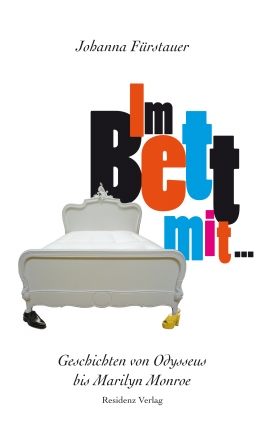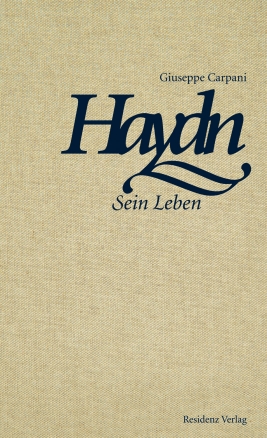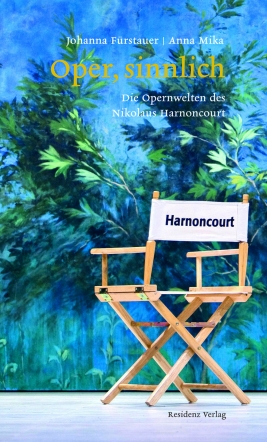
Johanna Fürstauer - In Bed with...
Bedtime stories about historical figures and well-known personalities, their beds and their secrets.
There’s better things to do in bed than count sheep. In fact, there’s hardly anything that can’t be done in bed! You can become famous, write history, make peace, wage wars and even travel the world – all from the comfort of your bed. For many historical figures and well-known personalities, from Odysseus to Michael Jackson, from Shakespeare to Marilyn Monroe, from Casanova to Madame Pompadour, bed was not only a place to rest, but also a workplace and stage. This book tells fascinating stories about these great people and their beds. Just the book for lazy people, tired people, sick people and anyone who believes that the world wouldn’t need to be bigger than their bed. If nothing else, it’s the perfect place to enjoy a book! You made your bed, now read in it! 3000 years of bedtime in one book: about the beds of Penelope Popeia, Scheherazade, Richard III., Shakespeares Witwe, Ludwig XiV., Mozart, Casanova, Kaiserin Sisi, Colette, Michael Jackson, Marilyn Monroe and what stories they have to tell.
Book details
240 pagesformat:125 x 205
ISBN: 9783701732715
Release date: 26.03.2013
License rights
- World rights available









